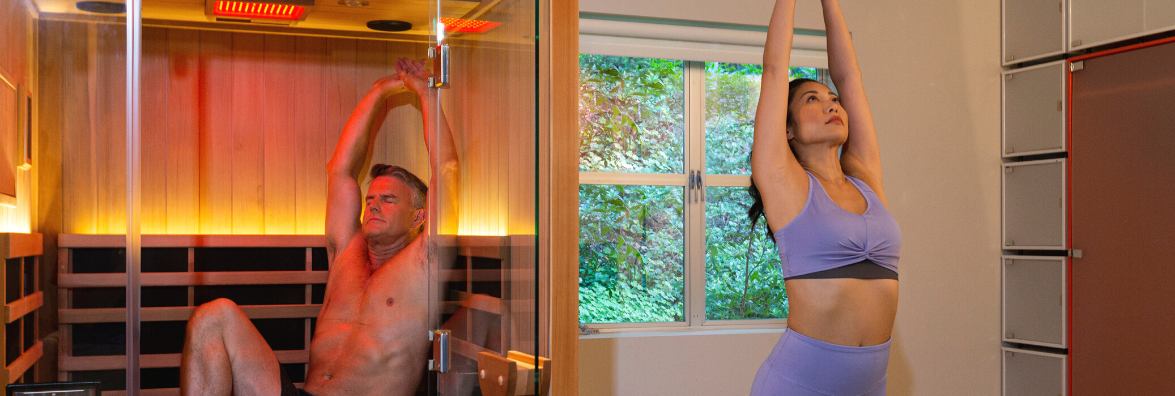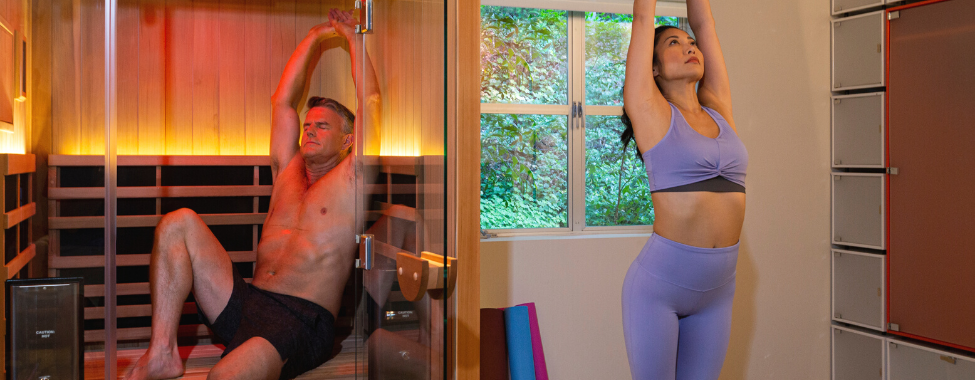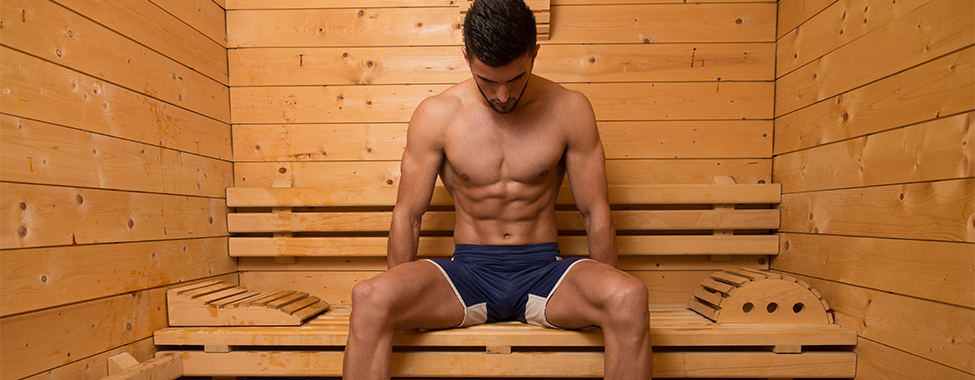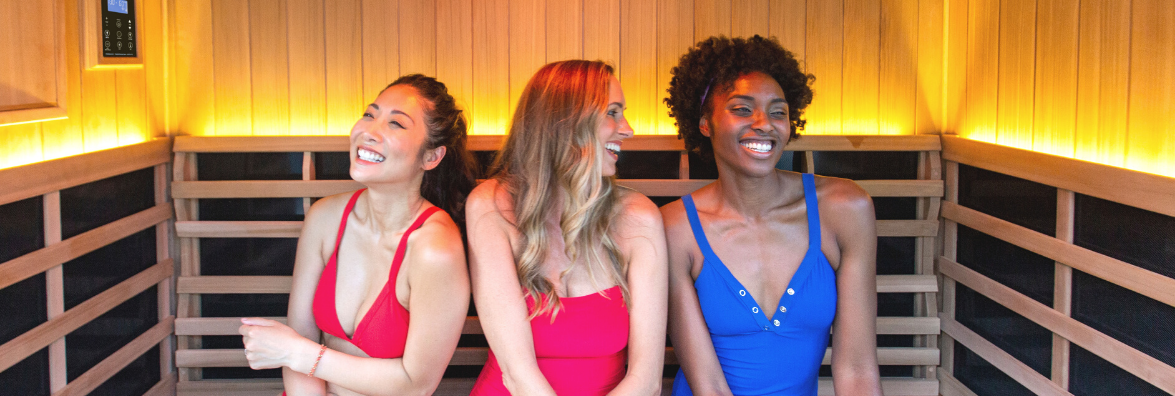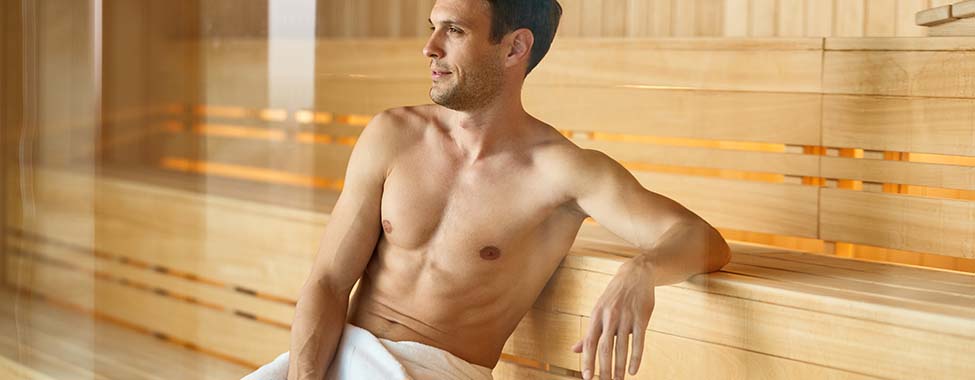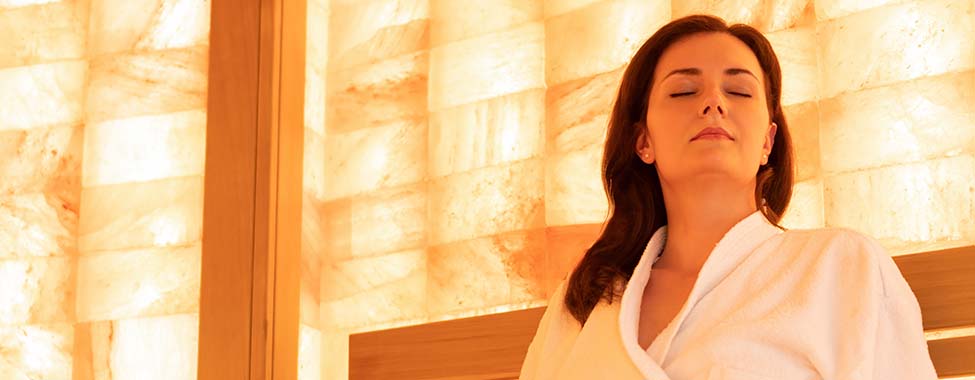Rising above the humble origins of traditional saunas, infrared saunas have carved a niche in the wellness landscape due to their distinct health benefits. Enthusiasts advocate their prowess in detoxification, relaxation, and a host of other health-promoting effects, all without the fiercely high temperatures associated with conventional saunas.
For many, the allure of a custom infrared sauna lies in its ability to combine the innate healing properties of infrared heat with a tailored environment that speaks to one’s personal aesthetics and functional needs. This tailored approach marks a paradigm shift, turning a solitary wellness practice into an immersive, aesthetic, and even a spiritual experience tailor-made for each user.
Read on to delve into the world of custom infrared saunas, exploring the different options available and how you can create your own personalized oasis of relaxation with the help of Clearlight’s expert custom sauna team.
Types of Infrared Saunas
When it comes to infrared saunas, there are two main options to consider: pre-built saunas and fully custom saunas. Both have distinct benefits depending on your ideal infrared sauna situation, offering options for everyone depending on space and budget needs.
Pre-Built Saunas
Pre-built infrared saunas are an excellent starting point for those seeking efficient set-up, lower costs, and space-saving sanctuaries. Designed to fit a variety of spaces, these saunas often come with amenities such as chromotherapy, halotherapy, and other modern add-ons that elevate the sauna experience. They are particularly suited for home use, where space might be a constraint, and for those looking for a well-rounded sauna experience without the intricacies of customization.
Fully Custom Saunas
For the true wellness connoisseur aiming for a singular statement, a fully customized infrared sauna is an irreplaceable option. This choice offers the freedom to dictate every detail to fit all of your design and wellness needs, from the equipment and layout to the type of wood and any additional features you can envision. With Clearlight’s custom sauna option, the only limit is your imagination – and, of course, the physical dimensions of your space.
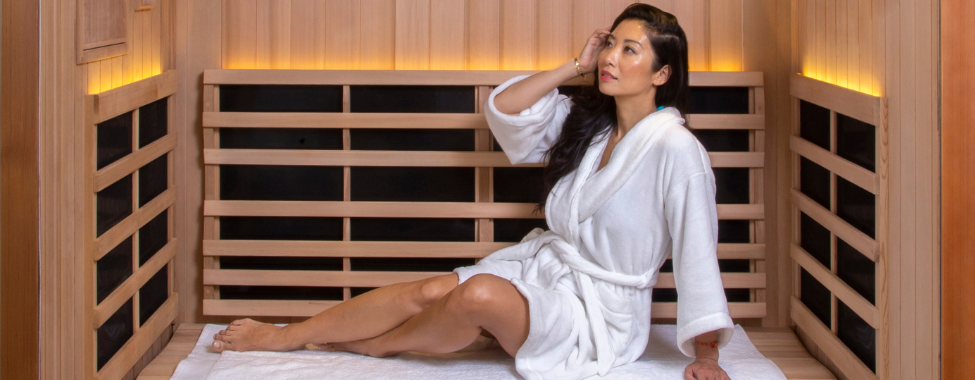
Creating Your Ideal Custom Infrared Sauna
For interior design and wellness enthusiasts alike, the allure of a fully customized space is irresistible. Beyond the sheer beauty of a tailored environment, bespoke saunas offer a distinct advantage: control. The ability to craft wellness spaces with personal touches provides a unique incentive to construct one’s own infrared sauna. From home spaces looking for a unique design to contractors working on unique home builds looking to accommodate clients’ wants, opting for a custom-built sauna can allow you to establish a sanctuary fit for all your wellness needs.
Designing with Clearlight
At Clearlight, we specialize in creating fully custom infrared saunas that are meticulously designed to meet your exact specifications. Our state-of-the-art True Wave™ low EMF heaters are available as a comprehensive kit, empowering you to either build your own sauna from scratch or seamlessly convert your existing one. Simply provide us with the dimensions of your room, and we’ll tailor the kit to fit your space perfectly. Our build-your-own sauna components are adaptable for rooms of all sizes, whether you envision a large commercial sauna room or a cozy home sauna retreat.
Sauna Customization Options
When collaborating with Clearlight, the possibilities for customization are virtually endless. Whether you require a sauna for a commercial space, a large room, or have an irregular area to work with, we’ve got you covered. While we don’t physically construct the sauna, we provide all the essential materials you need, including infrared heaters, a digital keypad, power supply, lighting, and high-quality wood. You can even upload files from architects and contractors to ensure seamless integration with your design, ensuring that your custom sauna harmonizes effortlessly with your space.
Streamlined Process and Support
Our design process is both straightforward and efficient. Simply submit your floor plan, and we’ll provide you with a comprehensive overview of what’s feasible based on your specifications. With just a five-day turnaround for the initial design and 2-3 revisions included, you can expect to have your custom sauna design perfected in about a month. Production typically takes 6-8 weeks, after which you’ll require the expertise of a licensed carpenter and electrician to handle the installation.
Opting for a professional installation and customized design offers invaluable peace of mind. With Clearlight, you can rest assured that your sauna will be constructed to the highest standards of quality and safety. Our heaters are meticulously engineered to withstand moisture and high temperatures, ensuring optimal performance and longevity. Moreover, our dedicated team is always on hand to provide support and guidance throughout the design and installation process, ensuring our clients a seamless and stress-free experience.
Start your custom sauna process now: Get a quote

Further Sauna Customization Options
On top of choosing your ideal custom sauna design, you can upgrade your Clearlight infrared sauna experience by adding a number of customization options. These allow you to enhance your infrared heat therapy sessions by combining a range of health benefits, offering a more comprehensive and holistic wellness sanctuary.
Medical Grade Chromotherapy
Upgrade your Clearlight Infrared Sauna to feature medical-grade chromotherapy, a cutting-edge enhancement that elevates your sauna experience to new heights. With 96 LED lights and 12 color settings, this advanced chromotherapy system allows you to immerse yourself in a spectrum of therapeutic colors. Additionally, a handheld adjustable brightness control empowers you to tailor the intensity of the light to suit your mood and wellness goals.
Clearlight Red Light Therapy
By concentrating powerful medical-grade LEDs, Clearlight’s innovative light therapy delivers targeted healing to specific areas of the body. The red and near-infrared wavelengths stimulate cellular function, particularly in the mitochondria, promoting the production of ATP – the energy currency of the cell. This results in enhanced cellular repair, reduced inflammation, and accelerated healing.
Vibrational Resonance Therapy Module
Enhance relaxation and rejuvenation by adding Vibrational Resonance Therapy (VRT) to your Clearlight sauna. VRT combines the benefits of sound and vibration to soothe both body and mind, promoting deep relaxation and stress relief. These VRT modules attach to the bottom of the sauna bench, while the amplifier, responsible for delivering the therapeutic vibrations, is discreetly situated underneath.
AROMA ONE® Aromatherapy Device
Utilizing ultrasonic, high-frequency technology, the AROMA ONE essential oil diffuser converts water and essential oils into a fine mist that permeates the air, filling your sauna with the soothing aroma of your chosen essential oils. Whether you seek relaxation, invigoration, or respiratory support, aromatherapy offers a delightful and therapeutic addition to your custom sauna experience.
HALO ONE® Halotherapy Generator
Transform your Clearlight sauna into a healing salt cave with the HALO ONE halotherapy generator. This innovative addition harnesses the therapeutic benefits of salt therapy, known as halotherapy, to promote respiratory health and skin rejuvenation. Our infrared saunas create an ideal environment for salt therapy, allowing the liquid salt aerosol to be evenly distributed and providing optimal salt concentration for healing.
Choosing the Best Infrared Sauna for You
When deciding between a pre-built sauna and a custom sauna, there are several factors to consider. Your personal preferences, available space, budget, and long-term benefits should all play a role in your decision. While pre-built saunas offer convenience and affordability, custom saunas provide unmatched flexibility and the ability to create a truly unique sauna experience tailored to your needs.
The world of home saunas offers a wide range of options to suit every lifestyle and preference. Whether you opt for a pre-built sauna or choose to create a fully custom sauna with Clearlight, you can look forward to enjoying the many health and wellness benefits that saunas have to offer. So why wait? Take the first step towards a healthier, more relaxed lifestyle today by exploring the possibilities of custom infrared saunas with Clearlight. Contact us now to learn more or start your custom sauna journey.
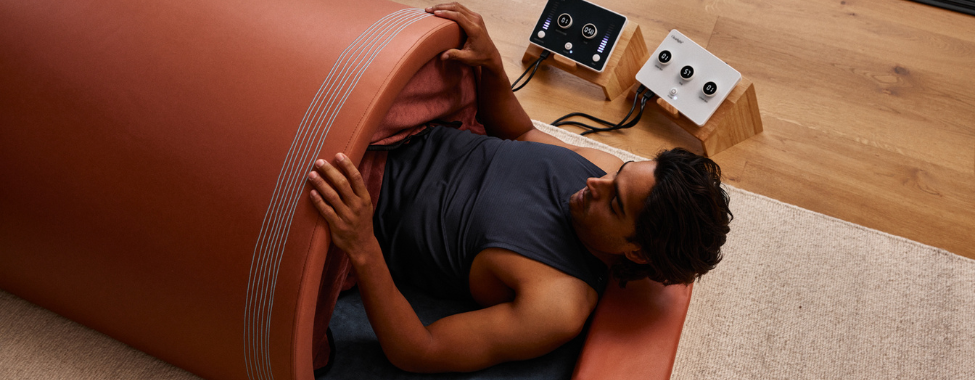
 Canada
Canada Australia
Australia New Zealand
New Zealand Germany
Germany UK
UK EU
EU Ireland
Ireland Malaysia
Malaysia China
China
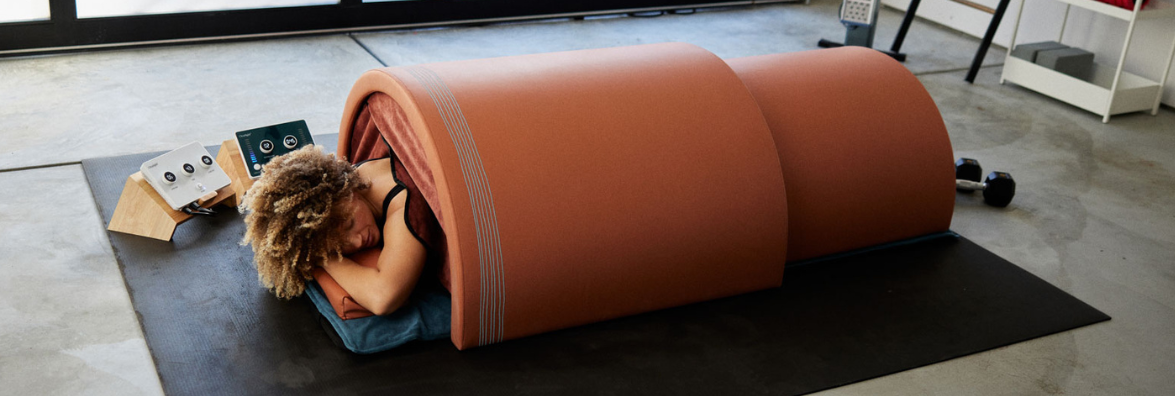
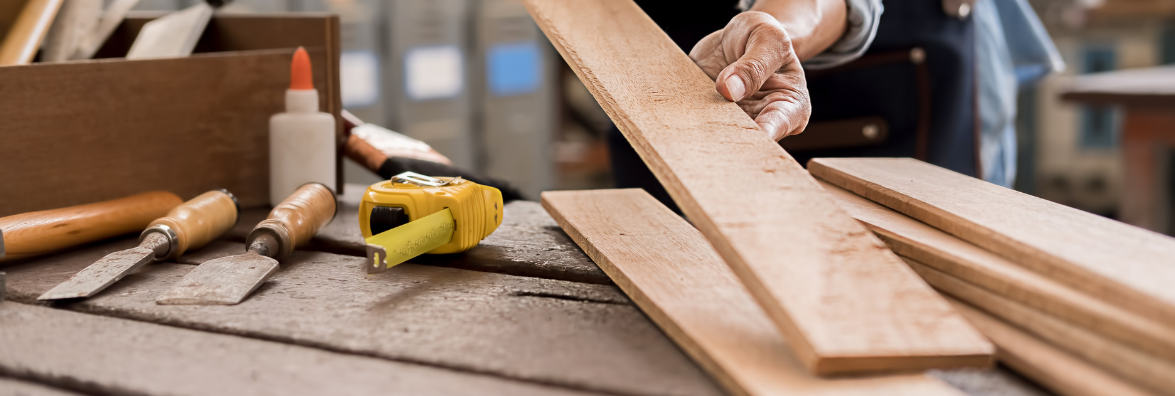


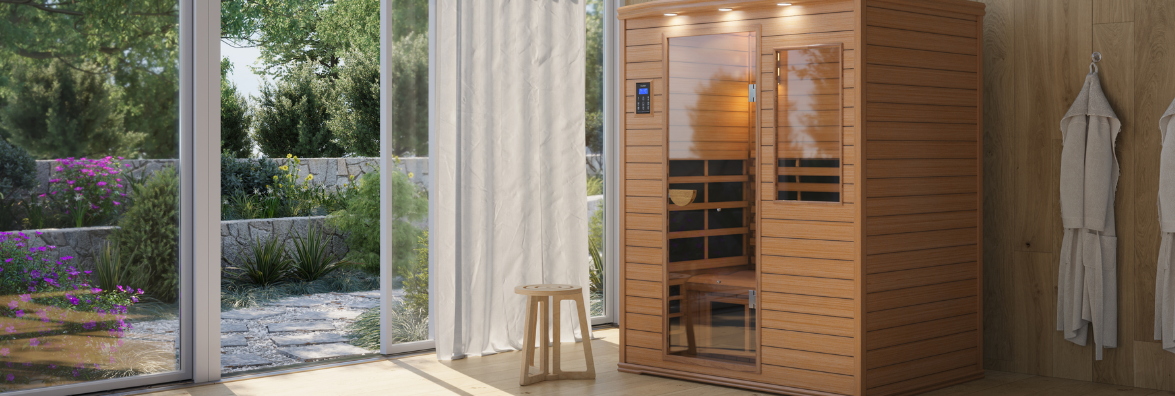
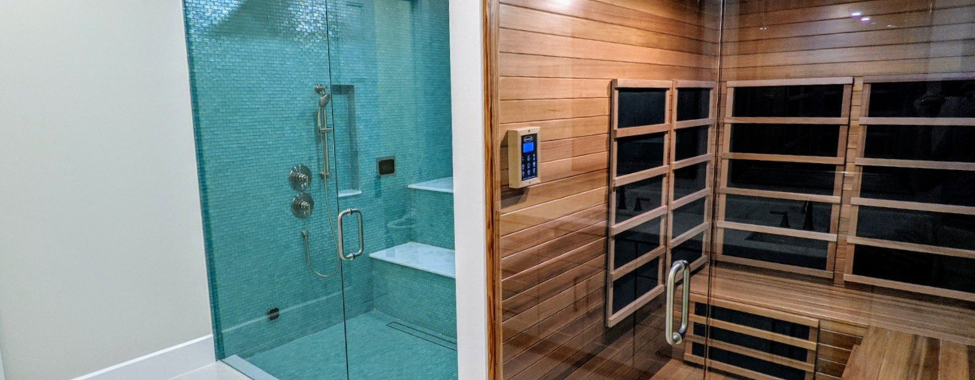
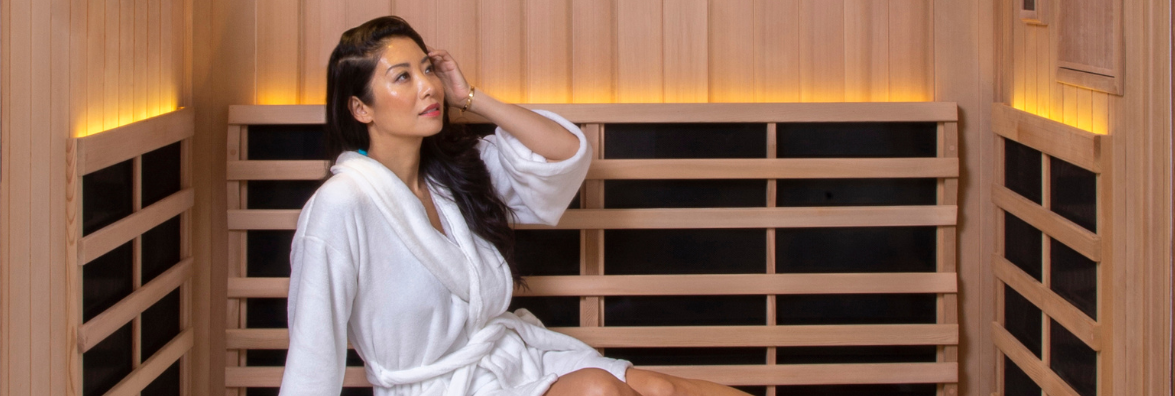
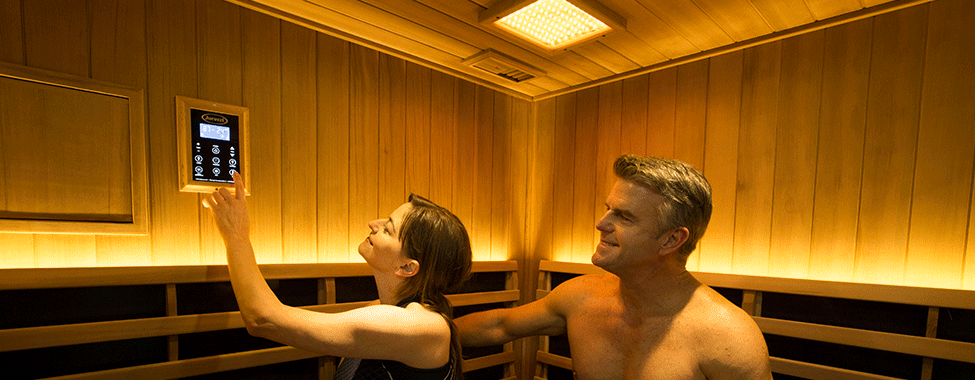
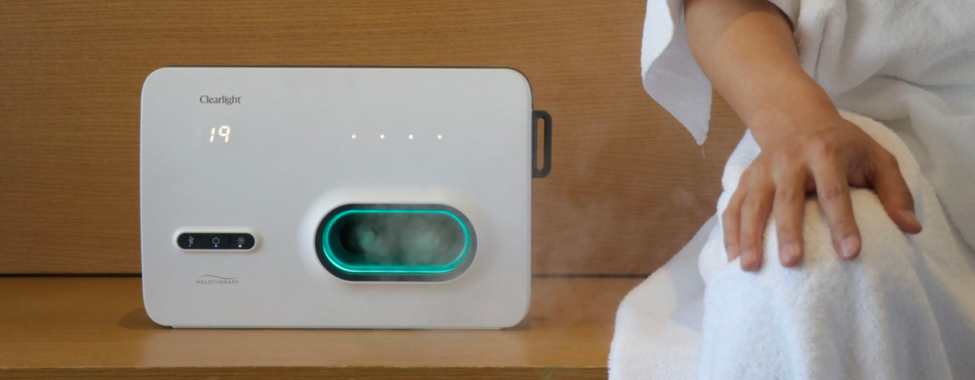





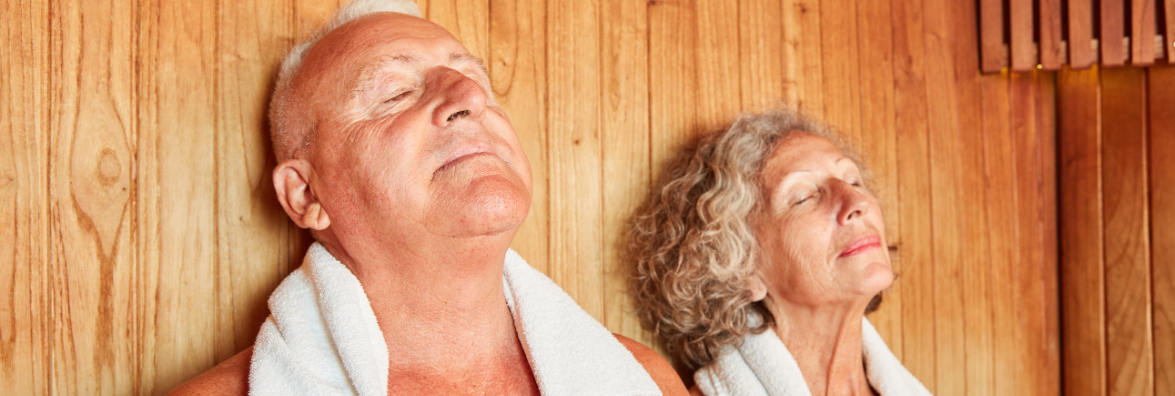
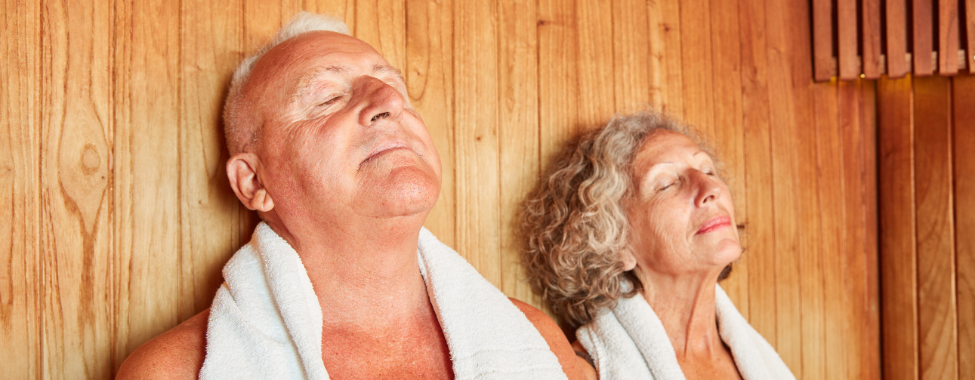



 Detoxify Your Whole System
Detoxify Your Whole System
